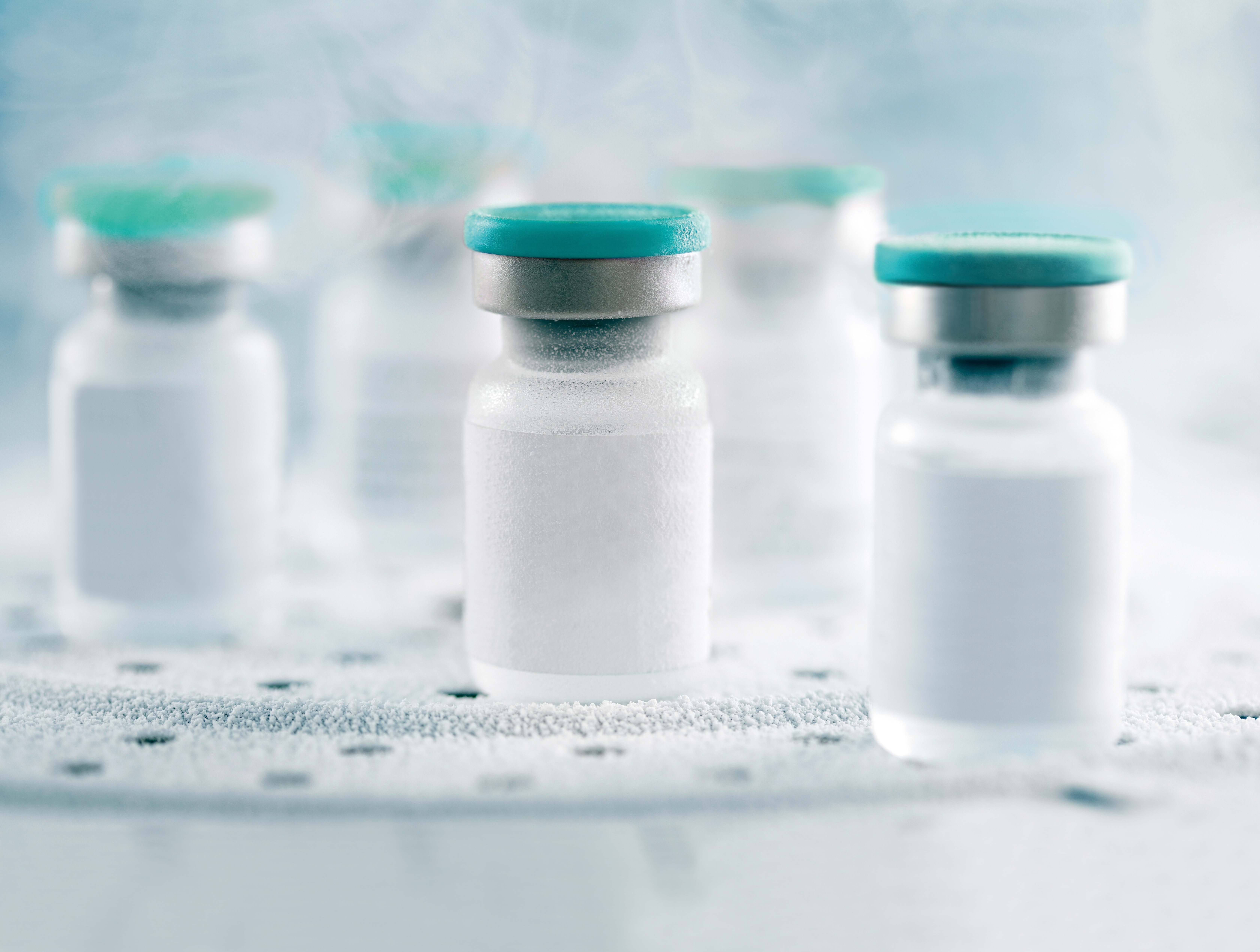COP Vials: Ice-cold solution for the challenges of biologics

Gerresheimer launches with COP (Cyclic Olefin Polymer) vials a particularly satisfactory solution for the filling and storage of highly sensitive biologics such as mRNA active ingredients at -80 °C and cryogenic temperatures.
Gerresheimer, innovative system and solution provider and global partner for the pharma and biotech industry launches with COP (Cyclic Olefin Polymer) vials a particularly satisfactory solution for the filling and storage of highly sensitive biologics. They are suitable for mRNA active ingredients.
"Many new active ingredients are personalized medicine and "smart biologics." Most of them need to be frozen to keep them stable throughout the supply chain, from their filling to their administration to the patient. At the same time, they also place high demands on the storage and administration of the drugs," says Dr. Wolfgang Dirk, Vice President Product Innovation at Gerresheimer Primary Packaging Plastic.
Suitable for storage at cold and cryogenic temperatures
It is specifically challenging for packaging materials to be cooled down to deep freezing temperatures like -80°C or even below, e.g., liquid nitrogen: -196°C, which are common storage temperatures for mRNA-based pharmaceuticals. The cooling down of most of known materials results in a shrinking of it, which is expressed by the thermal expansion coefficient and is different from material to material. The inverse effect means the heating of a material leads to the expansion of the material. Both processes are usually reversible. Considering the effect of a deep freeze cooling on a vial-closure system the material of the vial and the stopper should shrink with the same magnitude to avoid loss of container-closure integrity. For COP vials and rubber stoppers, it is given that the shrinking factor, which derives from the thermal expansion coefficient, is very similar.
This also plays a role in the practical application of the vial and stopper system: It has to be frozen after filling and thawed to e.g., room temperature before use to enable the nurse or doctor to withdraw the injectable drug product. Both processes freezing and thawing apply additional stress to the container material. Various tests have demonstrated that COP vials are very robust to such treatments when compared with glass vials. Therefore, the container closure systems with COP vials are very stable for mRNA-based drug products.
A high moisture barrier
Cyclic Olefin Polymer (COP) has a high moisture barrier compared to conventional polymers, which promotes stability of reagent concentrations and allows longer shelf life of moisture-sensitive components.
As RTU vials - ready to use
With the COP vials, Gerresheimer is adding a product made of plastic to its well-known RTF portfolio. The Ready-To-Use polymer injection vials are formed in a controlled environment and packed in the ISO7 classified clean room conditions, packaged in the tray, and soon in nest and tub and gamma irradiated. This allows filling to begin without any further process steps.
In ISO-like format
The monolayer vials are available in 2, 5-, 10-, 20- and 50-mL sizes with matching dimensions such as height, diameter, or neck diameter according to ISO 8362. A new additional size of 100mL is under development.
High breaking strength
Based on an internal study COP vials have 5 to 10 times higher break strength compared to conventional glass vials. (Can you illustrate this more). The exceptional impact resistance provides unmatched container strength, protecting against leakage, which means even more safety, especially when using cytotoxic compounds.
Delamination prevention
The COP contact surface improves stability for sensitive drugs by eliminating the presence of heavy metal ions in the polymer, and the highly nonpolar, reaction-inert surface further reduces potential interactions. They can be used for parenteral formulations with a wide pH range and are an ideal solution for all drugs and formulations that attack glass surfaces and detach glass particles.
Low drainability/residual water
Due to its chemical nature, COP is hydrophobic, or water-repellent. The advantage is less overfilling to compensate for the loss of active ingredients due to adhesion. Therefore, water adheres less to the surface of COP than to a glass surface. The low water adhesion of the hydrophobic surface enables almost complete retraction of the drug.
Gerresheimer at CPHI Barcelona
Gerresheimer is an exhibitor at CPHI 2023 in Barcelona, Spain, from October 24-26, presenting its products and solutions in Hall 2 at Booth 2H50.

Position your company at the heart of the global Pharma industry with a CPHI Online membership
-
Your products and solutions visible to thousands of visitors within the largest Pharma marketplace
-
Generate high-quality, engaged leads for your business, all year round
-
Promote your business as the industry’s thought-leader by hosting your reports, brochures and videos within your profile
-
Your company’s profile boosted at all participating CPHI events
-
An easy-to-use platform with a detailed dashboard showing your leads and performance